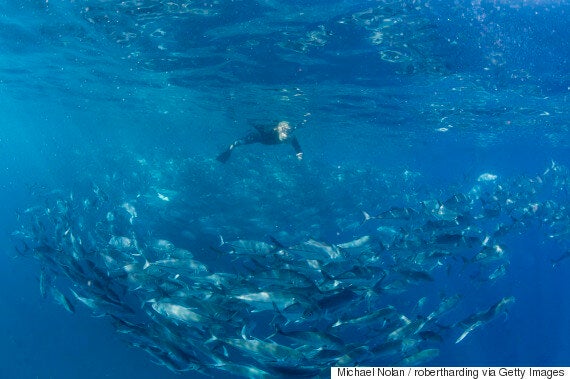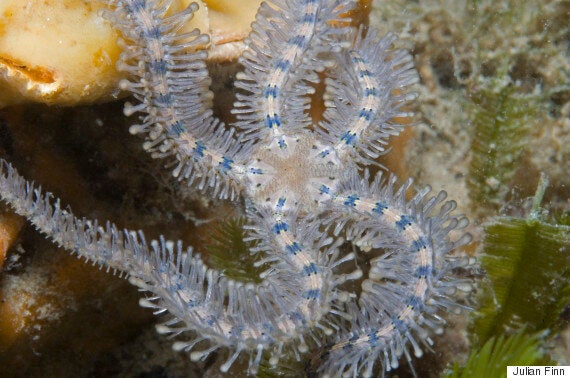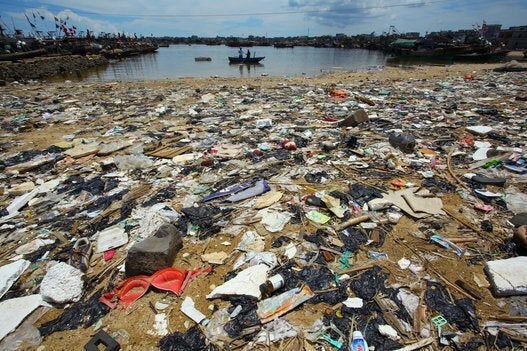
The deep sea is about as mysterious to us as outer space, but a group of scientists recently discovered surprising diversity of life in the dark depths.
Eight researchers, including two from Dalhousie University in Halifax, published a report this week revealing that the distribution of deep-sea biodiversity is much different than it is on land or in shallow waters. The group focused their study on the brittle star species — a star-shaped creature that lives on the ocean floor.
After analyzing over 165,000 records from museums all over the world, they found that variation in deep-sea species is more concentrated further from the equator, particularly in the North Atlantic and around New Zealand.
Access to food in the form of “marine snow” — organic waste from dead organisms that falls down to the ocean floor — draws life to these areas.

Variation of the brittle star. (Photo: Julian Finn)
Derek Tittensor, a Dalhousie biologist and co-author of the study in the journal Nature, said that the results were not what he expected.
“What we know about biodiversity on land and in the shallow ocean tells us that the places with the most species tend to be in the tropics. They tend to be near the equator and in the warmer parts of the world,” he explained in a phone interview with The Huffington Post Canada.
“You might expect to see a similar pattern in the deep ocean. When we found something that was completely different, that was a real surprise.”
Importance of sea life preservation
Understanding the distribution of biodiversity in the deep sea is important because it helps to guide ocean conservation efforts, specifically in biodiverse “hotspots,” he said. By knowing where these areas are located, preservation can be focused on a greater variety of species.
He also said that if humans protect the ocean, it might return the favour.
“It’s a place where there’s a lot of unique life that’s adapted to really extreme conditions.”
The ocean floor can also create “carbon sinks” that absorb more carbon than they expel, limiting the emissions — believed to be contributors to climate change — that are released into the atmosphere.
For himself, Tittensor said that it’s worth conserving simply because it’s such a fascinating environment.
“It’s vast, it covers a huge area, it’s lightless, it’s cold, it’s extremely food-limited and yet it has this astonishing variety of life,” he said. “It’s just an extraordinary place to try and understand.”
Also on HuffPost:
